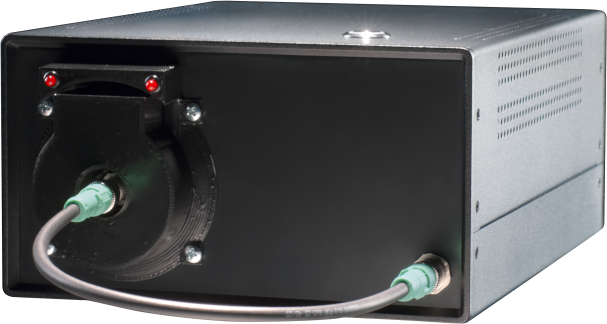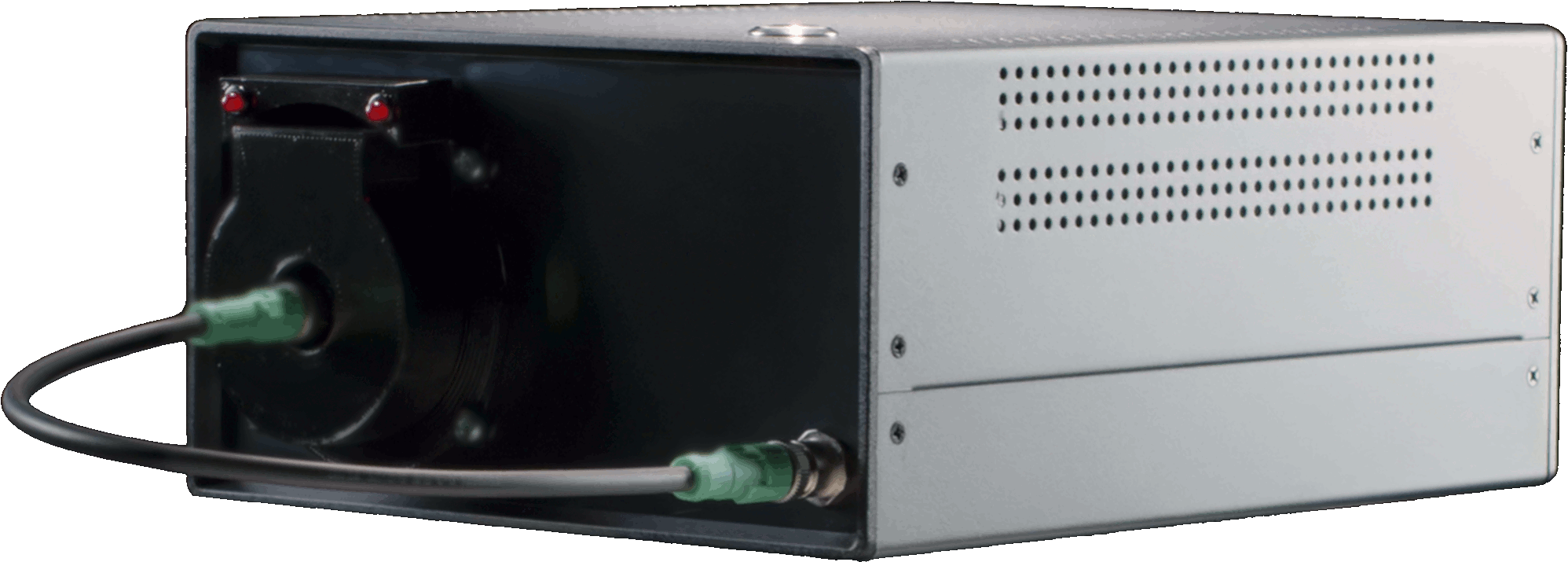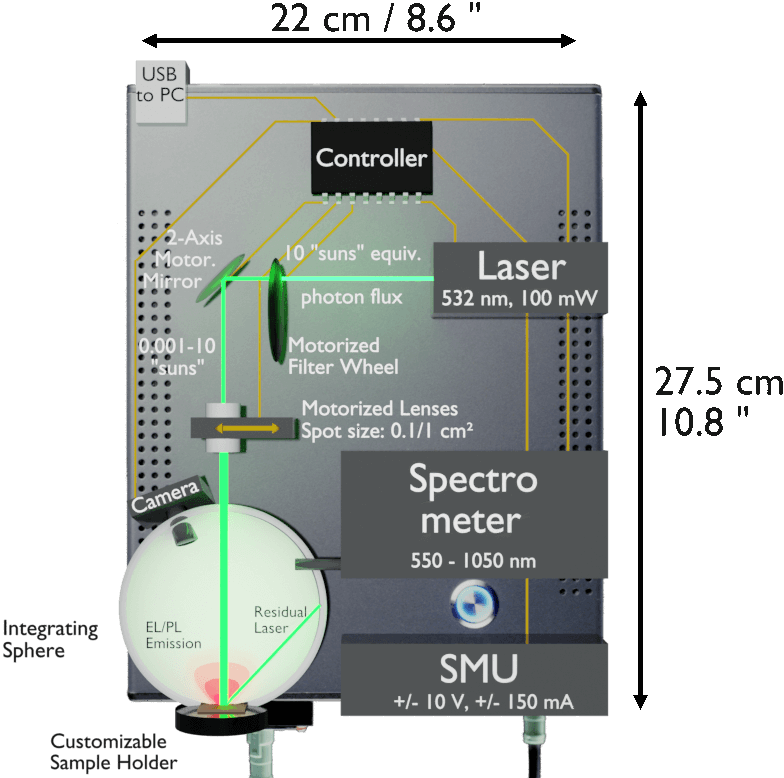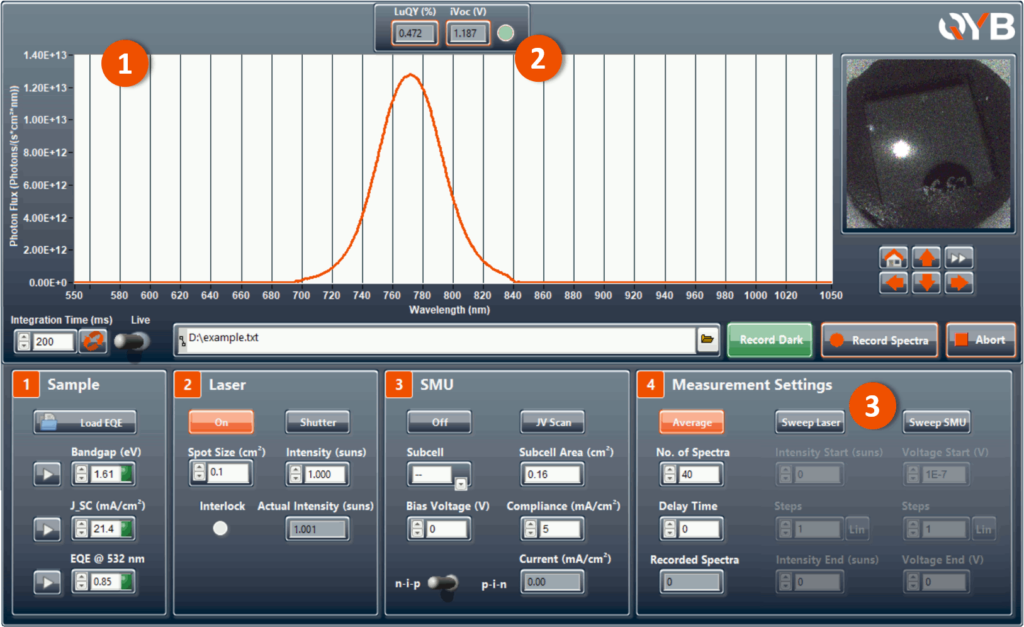LuQY Pro
The Absolute Luminescence Quantum Yield System to calculate EL / PLQY & iVoc
When developing opto-electronic devices, such as LEDs or solar cells, it is essential to improve their radiative efficiency. This requires precise techniques to determine the luminescence quantum yield. The LuQY Pro is an easy-to-use, non-invasive and versatile system with unparalleled compactness to swiftly quantify the EL / PLQY and iVOC (QFLS) of thin film absorbers, layer stacks or complete devices under various operating conditions.


LuQY Pro System & Layout
Swift quantification of Absolute Photon Fluxes from electro- and photoluminescence (EL & PL) of semiconductor thin films & devices
USB-“Plug & Play”: the included software records emission spectra & directly calculates EL/PL Quantum Yield (PLQY) & implied Voc (iVoc)
Small & Portable Layout allows flexible usage e.g. in gloveboxes
One-Click Measurements EL / PLQY
Absolute number of photons from steady-state EL/PL spectra (550–1050 nm)
- Automated, continuously adjustable laser intensity from 0.001-10 “Suns”
- Current/voltage biasing and sensing via integrated source & measure unit (SMU)
EL / PLQY sensitivity range: 1E-4 %


Software
Absolute photon flux measurement
Records single or multiple EL/PL spectra for pre-set laser intensity, voltage & current bias- Immediate calculation of EL / PLQY & iVoc
- Automated measurement sweeps
Varies laser intensity, bias voltage & current and determines absolute PL/EL spectra, EL/PLQY and iVoc at each operating point
Applications

Quality Assessment
Quality assessment for rapid Process Control after each fabrication step or for Accelerated Material and Process Parameter Screenings.

Transient Effects
Fast Acquisition resolves Shifts in Emission Spectrum & Intensity as well as EL / PLQY and iVoc on timescales from 10 ms to several hours.

Resolve Bulk & Interface Recombination
Quantifying Bulk and Interface Recombination Losses in semiconductor thin films, layer stacks or complete devices such as solar cells or LEDs. Examples in academic publications can be found in [1-6].

Efficiency Potentials & Loss Mechanisms
In-depth analysis of efficiency potentials and loss mechanisms in semiconductor thin films, layer stacks or complete devices, e.g. by determining Ideality Factors and Pseudo-JV Curves from Intensity and/or Bias-Voltage Dependent EL / PLQY & iVoc. Also see [7-9]
Technical Specifications
Current-voltage source and measure unit (SMU) max. ratings
+/-10 V, +/-150 mA
Max. sample dimensions (L x W, unrestricted height)
30 x 30 mm
Max. no. of contactable subcells on sample by integrated relais box
6 subcells
Photoexcitation intensity (continuously adjustable)
0.001 – 10 “Suns”
Photoexcitation wavelength
532 nm
Photoexcitation spot size (interchangeable)
0.1 cm² / 1 cm²
Spectral detection range
550 – 1050 nm
Quantum yield sensitivity range
10-4 – 100%
Corresponding min. resolvable iVoc for 1.6 eV absorber band gap
1.0 V
Spectrometer integration time
1 ms – 65 s
Dimensions (L x W x H)
220 x 275 x 120 mm³
Weight
4.7 kg
Connectors
1x DC, 1x USB 3.0
References
References marked with ‡ indicate publications with contributions from members of our team.
Resolving bulk and interface recombination losses from PLQY and absolute PL:
[1]‡ Unold et al., Advanced Characterization Techniques for Thin Film Solar Cells, Chapter 7: Photoluminescence Analysis of Thin-Film Solar Cells, Wiley, 2011, ISBN: 9783527410033
[2]‡ Al-Ashouri et al., Energy Environ. Sci., 2019, 12, 3356-3369
[3]‡ Kegelmann et al., ACS Appl. Mater. Interfaces, 2019, 11, 9, 9172-9181
[4]‡ Stolterfoht et al., Energy Environ. Sci., 2019, 12, 2778-2788
[5]‡ Liu et al., ACS Energy Lett., 2019, 4, 1, 110-117
[6]‡ Kirchartz et al., Adv. Energy Mater., 2020, Early View 1904134.
Ideality factor and pseudo-JV curves from light-intensity dependent absolute PL:
[7]‡ Caprioglio et al., Adv. Energy Mater., 2019, 9, 33, 110-117
[8]‡ Stolterfoht et al., Adv. Mater., 2020, DOI: 10.1002/adma.202000080
[9] Chris Dreessen et al., Journal of Luminescence, 2020, 222, 117106

